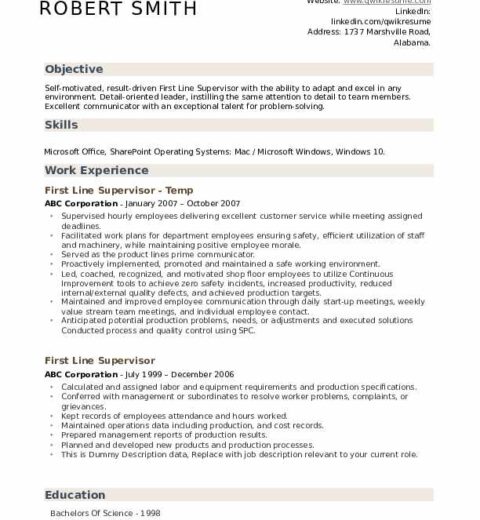In the competitive landscape of job applications, a resume serves as an essential tool that encapsulates an individual’s professional journey and aspirations. Among the critical components of this document is the resume summary. Understanding what a resume summary is and how to craft an exemplary one can significantly enhance your chances of securing an interview. This article provides a comprehensive exploration of resume summaries, detailing their significance, structure, and various types.
A resume summary is a concise yet compelling overview of a candidate’s professional qualifications, skills, and experiences. Typically positioned at the top of a resume, it serves to immediately capture the attention of hiring managers. Unlike a resume objective, which focuses on what the applicant hopes to achieve, a summary emphasizes the value the candidate can bring to the prospective employer. This subtle distinction is pivotal in the realm of job applications, where first impressions often dictate subsequent engagement.
Crafting an impactful resume summary requires an understanding of its fundamental elements. Firstly, it should be succinct, usually comprising two to four sentences. Brevity is essential; hiring managers often peruse numerous resumes and may spend mere seconds on each. Allude to relevant qualifications and experiences without engulfing the reader in excessive detail. Instead, aim to convey the essence of your professional persona.
To articulate your qualifications effectively, start by outlining your most salient attributes. Identify your key skills, notable accomplishments, and pertinent experiences that align with the job description. An illustrative example might involve discussing specific projects you spearheaded, quantifiable results you achieved, or skills pertinent to the role for which you are applying. This data-driven approach allows your summary to stand out amidst a sea of generalities.
There are several types of content that one can integrate into a resume summary. Depending on your unique career trajectory and the role being pursued, these variances can tailor your summary to beautifully reflect your professional narrative:
- Experience-Based Summary: This type highlights a candidate’s professional history and expertise, making it particularly suitable for individuals with a wealth of relevant experience. It may include details such as the number of years in the industry, major achievements, and areas of specialization.
- Skill-Focused Summary: Ideal for those transitioning between careers or entering the workforce, this summary emphasizes transferable skills. It identifies abilities that align with the prospective job’s requirements, thus illustrating potential rather than just experience.
- Achievement-Oriented Summary: This summary takes a results-driven approach, concentrating on quantifiable successes. Candidates can utilize metrics like percentage increases in sales, successful project completions, or other measurable outcomes that underscore their contributions to previous employers.
- Industry-Specific Summary: Tailoring your summary to specific industries can demonstrate a deep understanding of the field. Utilizing industry jargon and focusing on sector-relevant skills can enhance your resume’s resonance with its intended audience.
In constructing an effective resume summary, certain linguistic and stylistic elements warrant attention. Employ active voice and strong action verbs to convey dynamism and initiative. Phrases such as “Led a team,” “Developed strategies,” or “Achieved a 20% increase in efficiency” signal proactivity, setting an energetic tone. Furthermore, tailoring the summary with keywords extracted from the job description can ensure a focused alignment with the employer’s expectations.
Another crucial aspect involves avoiding clichéd expressions that may dilute the impact of your summary. Terms like “hardworking” or “team player,” while relevant, are overutilized and lack specificity. Instead, opt for unique adjectives or metrics that substantively depict your work ethic and collaborative spirit.
It is important to remember that your resume summary should not be a static piece of text. Each job application warrants a tailored summary that directly correlates your experiences and skills with the specific position. After scrutinizing the job description, revise your summary to encapsulate the most relevant details, thereby demonstrating your tailored approach to the employer.
As you finalize your summary, pay attention to the structure and format. Engage in a meticulous proofreading process to eliminate any spelling or grammatical errors. A polished, professional summary reflects your attention to detail and commitment to high standards, qualities that employers appreciate. While substance is paramount, structure aids in clarity and readability, making it easier for hiring managers to digest your experiences and qualifications at a glance.
In conclusion, a well-crafted resume summary is a powerful asset in your job application toolkit. It serves as a compelling introduction that provides a taste of your professional identity, setting the stage for the remainder of your resume. By delineating your experiences, skills, and achievements while adhering to best practices, you create a narrative that not only attracts attention but also fosters engagement. Mastering the art of the resume summary can indeed be the stepping stone to your next career opportunity.




